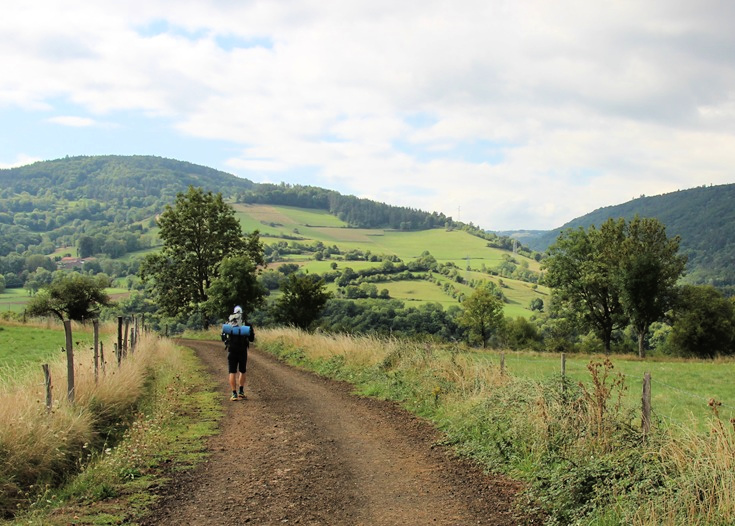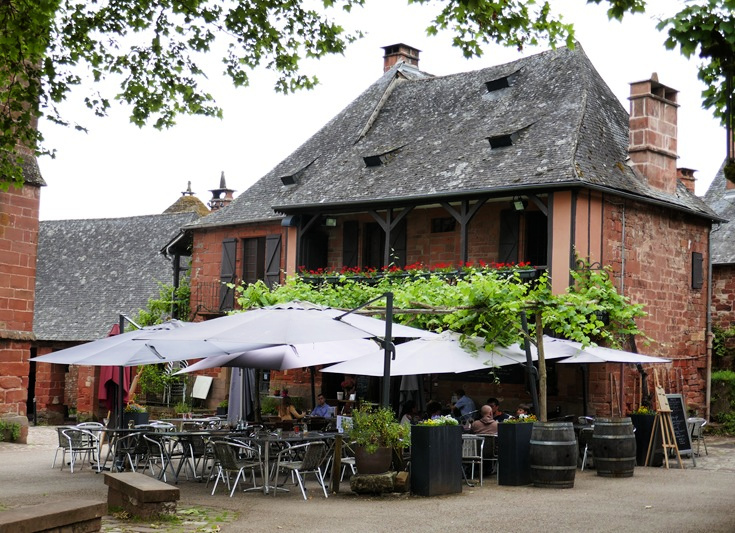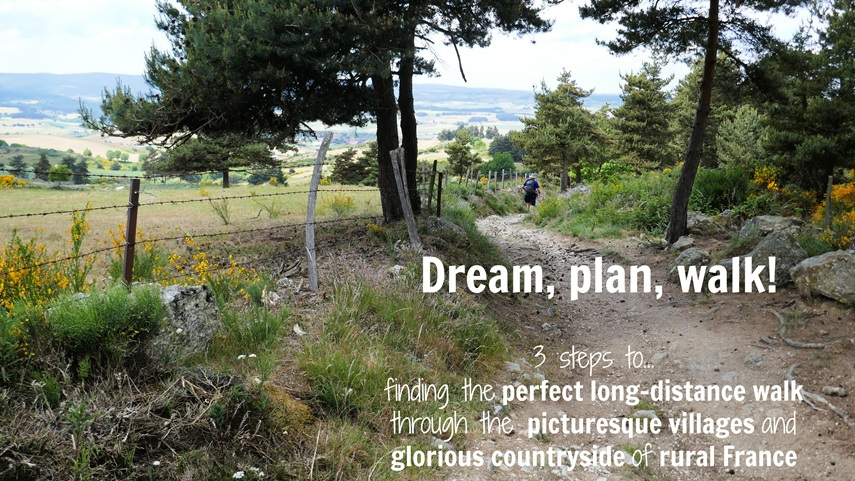
(First published June 2016, last updated July 2025)
The thought of walking long distances, day after day for a week or two, or a month or more, can feel daunting. But I promise that if you build up slowly and consistently, and listen to your body when it says to rest, you’ll start your walk well-prepared and will grow stronger and fitter as your walk progresses.
Before you start walking…
In a perfect world, training would be done carrying a weighted pack, and on a variety of terrains and surfaces. But remember, the 30-minute walk around your neighbourhood that you do make time for is better preparation than the two-hour hike up a mountain that you don’t do.
If you have a Personal Trainer who can guide you, take their advice and commit to following their plan for you. Consistency is key and will reduce the likelihood of injury due to strained muscles. And, the earlier you start, the less pressure you’ll feel to progress too quickly and overdo it.
I have no qualifications, but for me, an ideal training schedule starts four months before I walk, is done five or six days each week, and looks like this:
Week 1: Consolidate 5 flights of stairs (in one go) and 5 kilometres of walking (can be broken into smaller walks) each day and make any adjustments necessary to ensure this can be worked into my daily schedule consistently.
Week 2: Climb 5.5 flights of stairs and walk 5.5 kilometres.
Week 3: Climb 6 flights of stairs and walk 6 kilometres.
Week 4: Climb 6.5 flights of stairs and walk 6.5 kilometres.
Week 5: Climb 7 flights of stairs and walk 7 kilometres.
Week 6: Climb 7.5 flights of stairs and walk 7.5 kilometres.
Week 7: Climb 8 flights of stairs and walk 8 kilometres.
Week 8: Climb 8.5 flights of stairs and walk 8.5 kilometres.
Week 9: Climb 9 flights of stairs and walk 9 kilometres.
Week 10: Climb 9.5 flights of stairs and walk 9.5 kilometres.
Week 11: Climb 10 flights of stairs and walk 10 kilometres.
Week 12: Climb 10.5 flights of stairs and walk 10.5 kilometres.
Week 13: Climb 11 flights of stairs and walk 11 kilometres.
Week 14: Climb 11.5 flights of stairs and walk 11.5 kilometres.
Week 15: Climb 12 flights of stairs and walk 12 kilometres.
Week 16: Climb 12.5 flights of stairs and walk 12.5 kilometres.
If 5 kilometres is too far in the beginning, start with a distance you can manage comfortably and build up from there. If 8 kilometres every day is already easy for you, by all means start there.
If you want to step it up a level, rather than significantly increasing your distances each week, increase the intensity of your exercise—jog for a block or two, do five minutes of star jumps or burpies before you start walking, or find a hillier route around your neighbourhood.
If you are short on time each day, look for ways to build exercise into everyday activities—take the stairs, get off the bus two stops earlier (you know the drill!).
As you are walking…
Although I have, in the past, started most walks covering 20—25 kilometres (12.5—15 miles) each day, I have come to appreciate the benefits of starting more slowly. Restricting my first week to shorter days of around 15 kilometres (9.5 miles) allows plenty of time to loosen up my leg muscles and ease into a comfortable walking rhythm, to notice any hotspots on my feet and take precautionary measures before blisters form, and to make final adjustments to my backpack before tackling any longer days.
As you walk, listen to your body. If 25-kilometre days feel like something to be endured and 10-kilometre days feel carefree and joyful, reduce your distances and walk what feels good to you. (If your accommodation has been booked well in advance, take a taxi or public transport to shave off a few kilometres.)
Sometimes, all we need to walk more easily is to lighten the load we are carrying. In this case, having our luggage transferred, for a few days or for the remainder of the walk, can be the difference between a journey we’ll look back on as a struggle or as a joy.
There will always be others who walk further each day, and who do it with gusto and enthusiasm. Let their good energy inspire you, but don’t try to keep up.

A café in Collonges-la-Rouge offers a pleasant spot for an afternoon drink
And whenever you need, a rest day spent relaxing in one of France’s most beautiful villages, sipping coffee in the town square, and indulging in the delights on offer at the pâtisserie or chocolaterie works wonders!
Many more practical tips for long-distance walking
